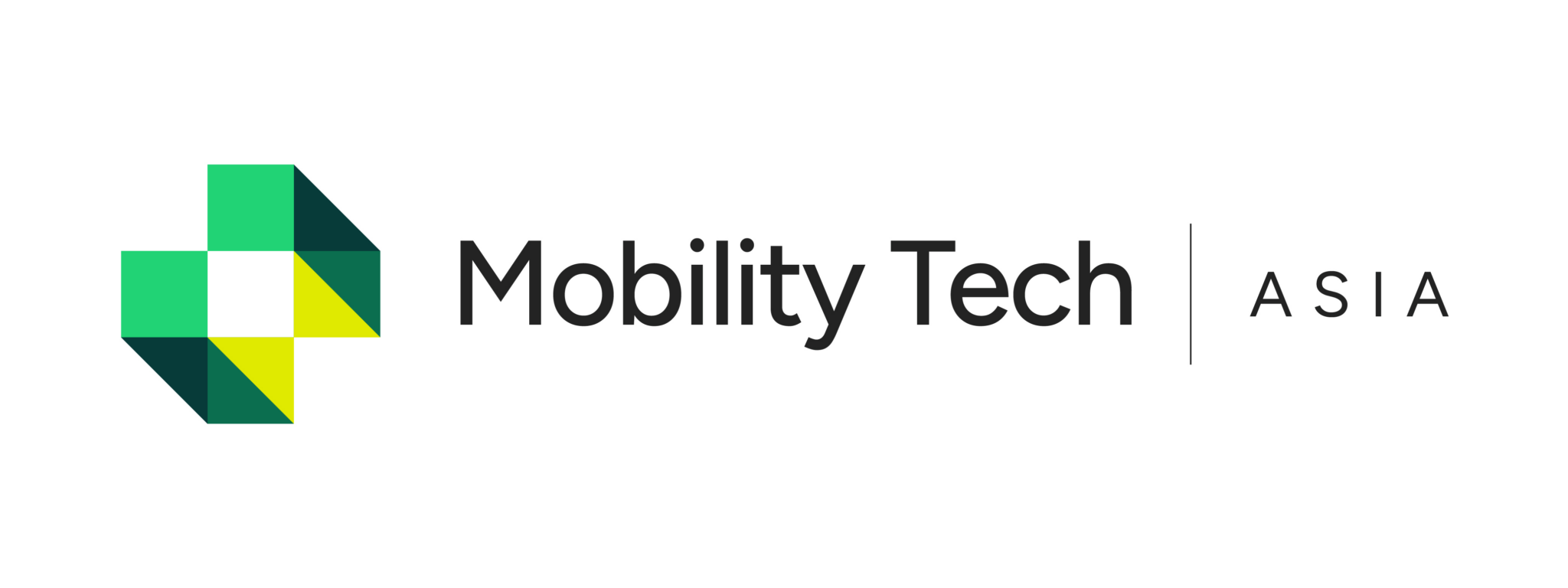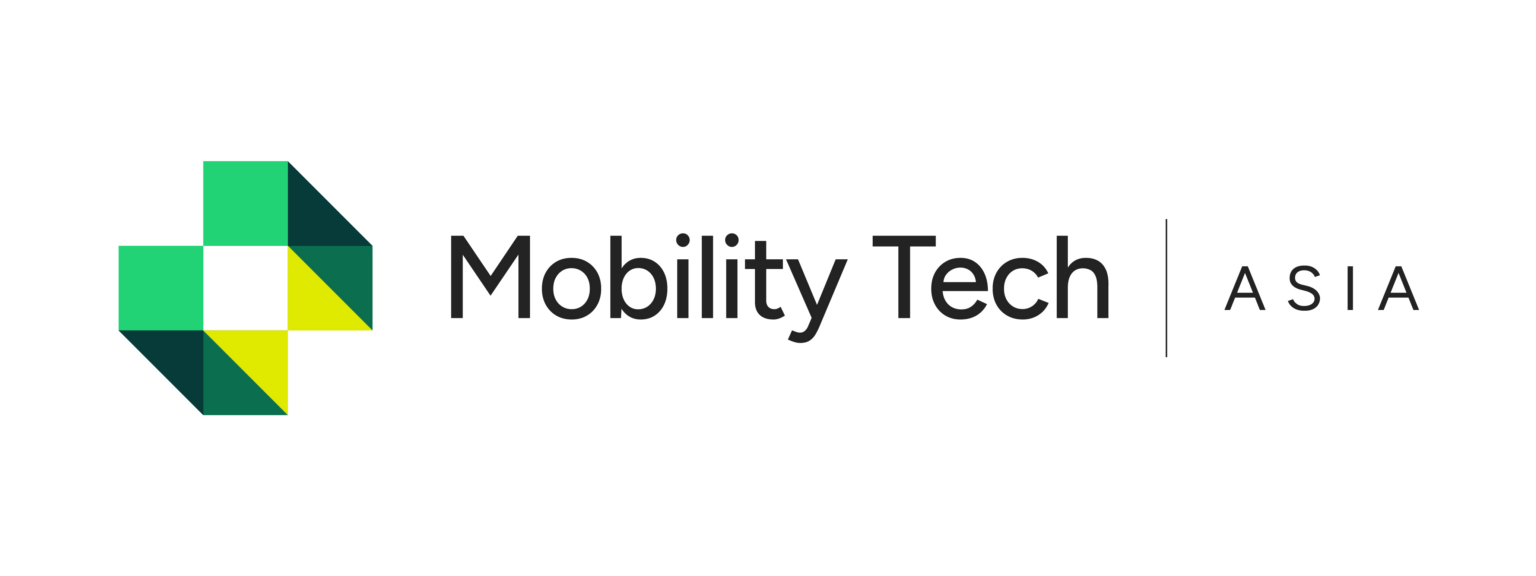Understanding the Significance of Mobility Workshops
In the world of modern transport, the mobility conference emerges as a beacon of knowledge, fostering discussions that light the path toward innovative solutions. These gatherings serve as a platform for industry leaders, academia, and enthusiasts to converge, exchanging thoughts on key advancements. Participants can explore the intersection of technology, infrastructure, and user experience, tackling pressing challenges such as urban congestion and environmental sustainability. Furthermore, real-world scenarios, like the implementation of electric vehicles in bustling cities, often illustrate the practical implications of discussions held within these walls. The exchange of ideas often leads to actionable insights, motivating attendees to return to their work with renewed vigor and strategies that are informed by peer experience and expert knowledge.

Embracing HV Tech Innovations
The transition towards intelligent infrastructure hinges on the adoption of hv tech, a pivotal aspect of modern mobility. These innovations aim to enhance efficiency in transport systems, addressing not only technical performance but the experience of everyday users. For instance, smart traffic signals that adapt based on real-time traffic conditions can drastically reduce waiting times, proving their worth in urban landscapes. This technology not only streamlines travel but makes commutes more environmentally friendly by lowering emissions through smarter routing. As cities evolve, the need for integrative technologies becomes ever more pressing, driving the conversation at the mobility conference. Attendees often leave inspired, knowing they can influence infrastructures that streamline processes and elevate the quality of urban transport.
Exploring Mobility Asia’s Contributions
Within the broader landscape of transport innovation, mobility asia stands out by addressing unique regional challenges. As urban populations shift and evolve, the insights garnered here are crucial. Workshops delve into specific adaptations necessary for varying environmental and cultural contexts. For example, discussions may revolve around how logistics companies adapt freight solutions to meet increasing demand or how smart city applications can cater to diverse needs. The collaborative nature of these sessions leads to the exchange of national best practices and technological advancements, showcasing how shared experiences can drive collective progress. Ultimately, engaging in this dialogue is vital for understanding how mobility solutions can be tailored to benefit local communities, ensuring no area is left behind in the march towards smarter, more efficient transport systems.

Concluding Insights
The insights gained from the panels and discussions at the mobility conference are invaluable. By applying these learnings, professionals in the field can navigate the complex landscape of modern transportation. Furthermore, examining the innovative solutions offered by Mobility Tech Asia reveals the manufacturer’s commitment to providing cutting-edge technologies that cater to pressing needs in the industry. With a focus on practical applications, their strategies offer supply advantages that can significantly impact the efficacy of urban mobility systems. Attendees who soak up this expertise will walk away with not only inspiration but actionable opportunities to implement within their own endeavors.
